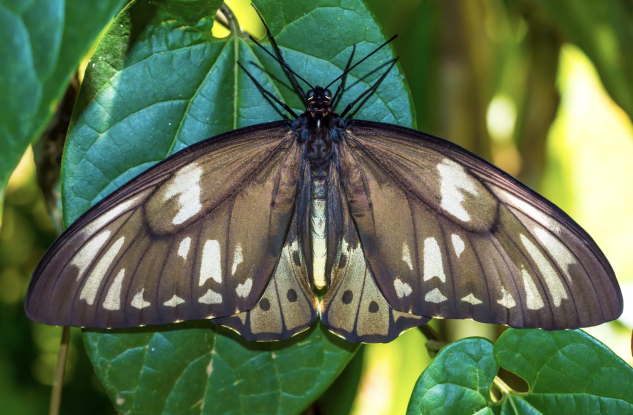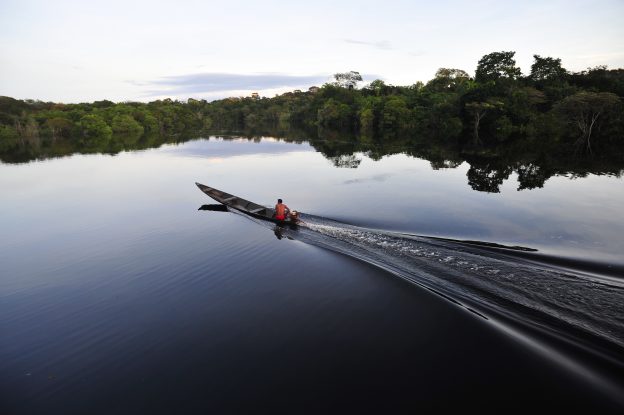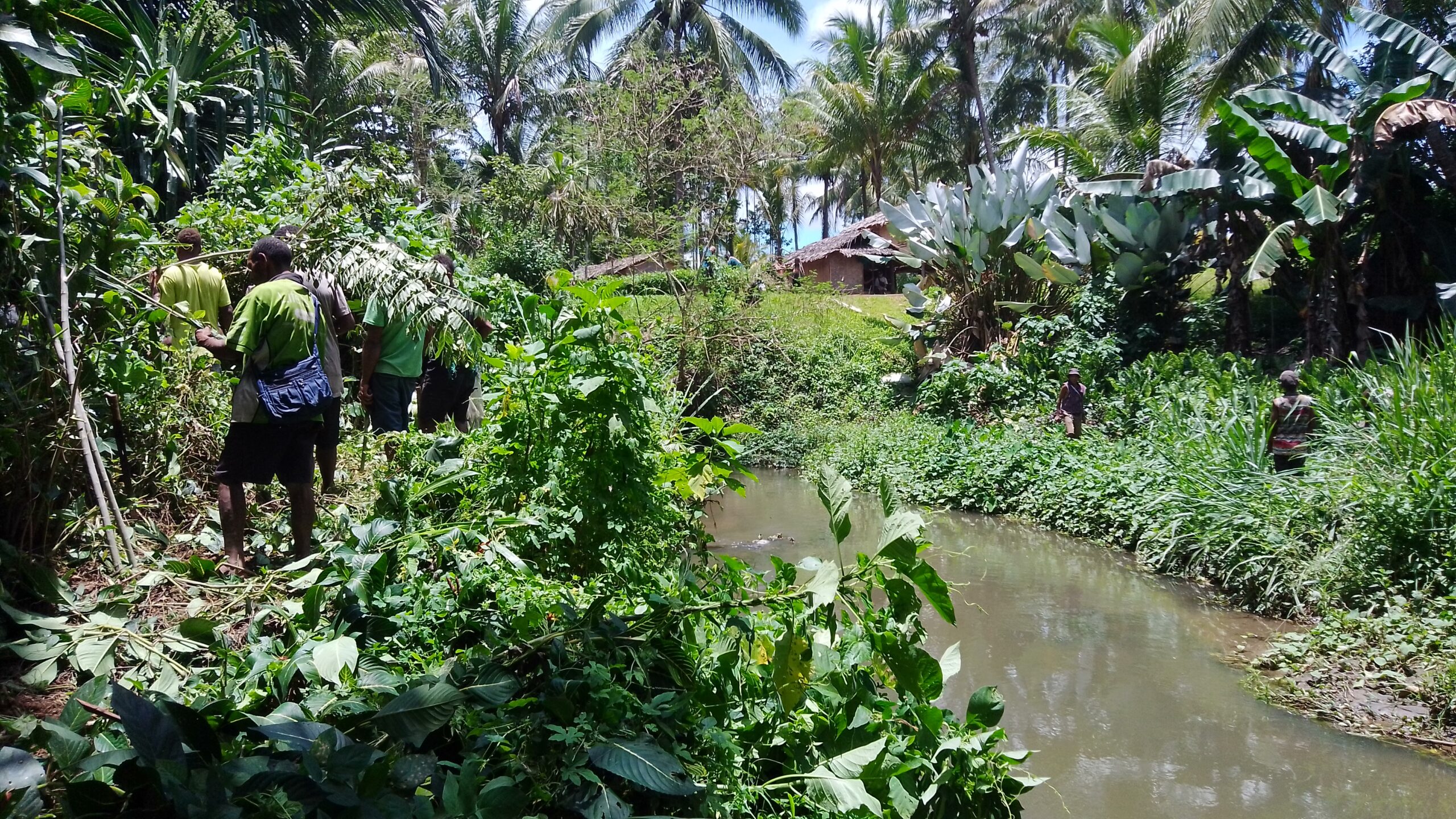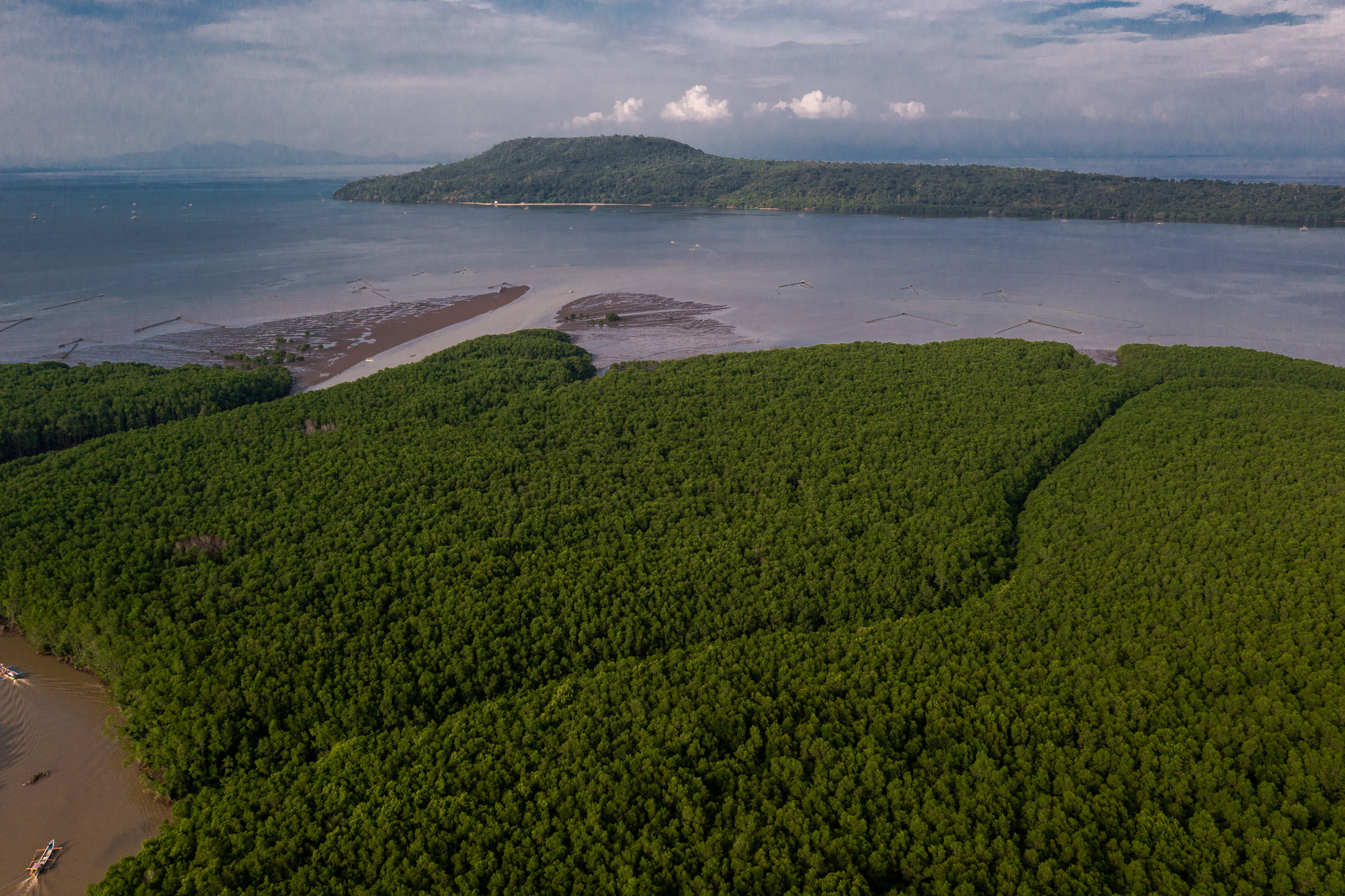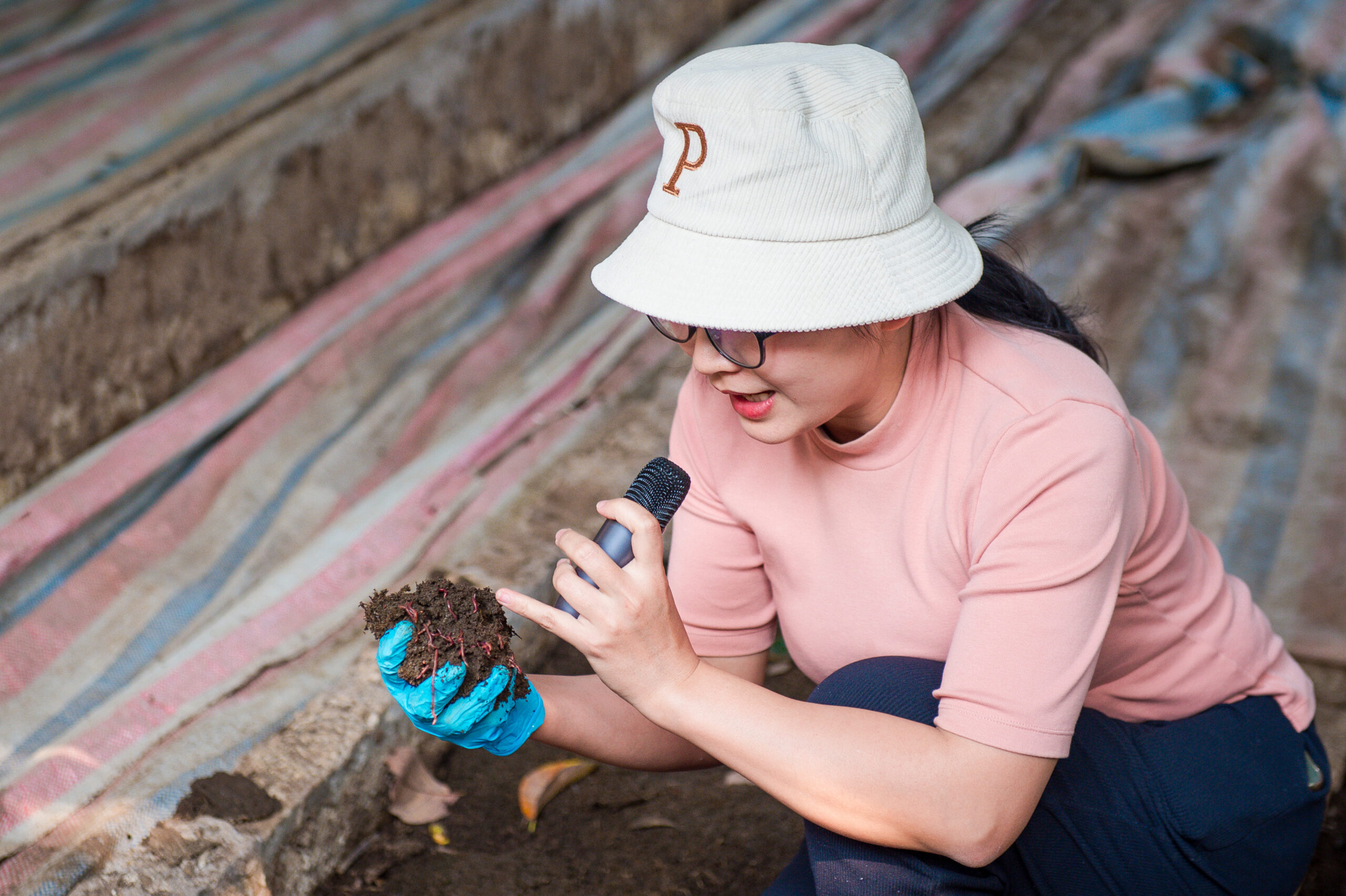“As climate change happens, we might be seeing more of that, so we need to be prepared.”
Invasive species are the second-largest driver of extinction on our planet.
Their impacts are particularly acute for Earth’s islands, many of which have evolved high levels of endemic biodiversity: together, they house over a fifth of the world’s terrestrial plant and vertebrate species on less than five percent of global land area.
Unfortunately, that uniqueness makes these ecosystems particularly vulnerable to disruption from invasive plants and animals that can disrupt fragile ecological balances.
“In the tropical Pacific Islands…invasive species are much more than just a primary driver of biodiversity loss,” said the co-authors of a recent article on the topic. “[They] can completely alter ecosystems and, consequently, the cultural and ecosystem services they provide.”
As the clans on the Managalas Plateau, in Papua New Guinea (PNG)’s Oro Province, grapple with how to manage the massive new Managalas Conservation Area (MCA), invasive species pose a critical quandary that will impact the full spectrum of land use decisions, from conservation to subsistence agriculture to livelihood generation.
Last year, Joshua Ombo, a project officer for the MCA employed by the Center for International Forestry Research and World Agroforestry (CIFOR-ICRAF), carried out a preliminary survey of invasive species in Managalas to find out more on the plants and animals about which communities are concerned.


Many of the locals Ombe spoke to mentioned the Mexican firespike shrub (Odontonema tubaeforme), whose clusters of dark-red, tubular flowers have attracted gardeners across the globe—including, it turns out, Ombo’s mum.
“I first saw this plant when I was about eight years old,” said Omlo, who grew up in a rural area in Madang Province. “My mother planted it outside our house. It was supposed to be a kind of decorative plant, but it turned out to be rather the opposite.”
Spurred by frequent rainfall and rich volcanic soil, the firespike quickly takes over coffee, vanilla and cocoa plantations, as well as food gardens, suppressing crop yields by outcompeting other plants for light, space and nutrients. “People try to clear it, but it just comes back,” said Ombo. “Doing it manually is not really helping.”
Another agricultural pest is the fire ant (the species present in Managalas is yet to be confirmed), which frequents coffee and cocoa plantations as well as vegetable gardens, reducing their productivity by feeding on leaves, shoots, stems and fruits.
The ant is aggressive and has an extremely painful, burn-like sting which can cause anaphylaxis in some people.
A recent survey found that the ants have colonised all villages along the road within the last 3-5 years, disrupting local livelihoods and potentially some ecosystems; local attempts to control them have been largely unsuccessful. “Some farmers have decided to abandon their plantations because of these ants,” said Ombo. “It’s a really serious pest and we need to find ways to address it—possibly through biocontrol.”
Water thyme (Hydrilla verticillata) is another pretty-but-pernicious pest, which forms dense mats that can block waterways, lower water oxygen levels, increase siltation, crowd out native plants and animals, and destroy habitats. “It’s a concern to some of the villages because they can see that it’s affecting the water quality,” said Ombo.
Photo by Danumurthi Mahendra / CIFOR-ICRAF
“Higher up in the Plateau, there are plenty of fast-flowing streams, so it’s not so much of a thing, but when you come to the lower elevations, where there are slower-flowing streams, you can find a lot of it,” Ombo said. “It’s concerning, because it’s spreading very aggressively in the lower Plateau.”

A similar species, water hyacinth (Pontederia crassipes)—the most widespread invasive species in the world—has also been spotted in several locations around the Plateau. In Tahama Village, situated at the confluence of the Taf and Tagir creeks and the Mavam Stream, locals have already begun taking action with support from the CIFOR-ICRAF team, yielding some impressive early results.
“The people of Tahama uses the creeks for drinking and cooking, and the stream for washing,” said Omlo. “But the water hyacinth has recently spread from the bottom of the stream right to the top.”
So, the villagers have begun carrying out regular stream clean-ups, alongside riparian planting to improve water quality and stabilize the riverbanks. “The community is committed to doing this stream clean every two or three months,” he said. “They’re a very well-organised village, and it seems to be working pretty well.”
Fortunately, the Plateau’s old-growth forest seems less susceptible to invasives than its agricultural areas and regrowing secondary forest. Yet disruptions—both natural and anthropogenic—do enhance its vulnerability. Reckson Kayaki, who leads a local community-based organisation on the Plateau, described his observations following Cyclone Guba in 2007, which hit Oro Province particularly hard.



“Lots of trees fell down and after that we saw a lot of weeds closing in and smothering the native plants,” Kayaki said. “As climate change happens, we might be seeing more of that, so we need to be prepared.”
For more information on this project, please contact William Unsworth (CIFOR-ICRAF): w.unsworth@cifor-icraf.org
